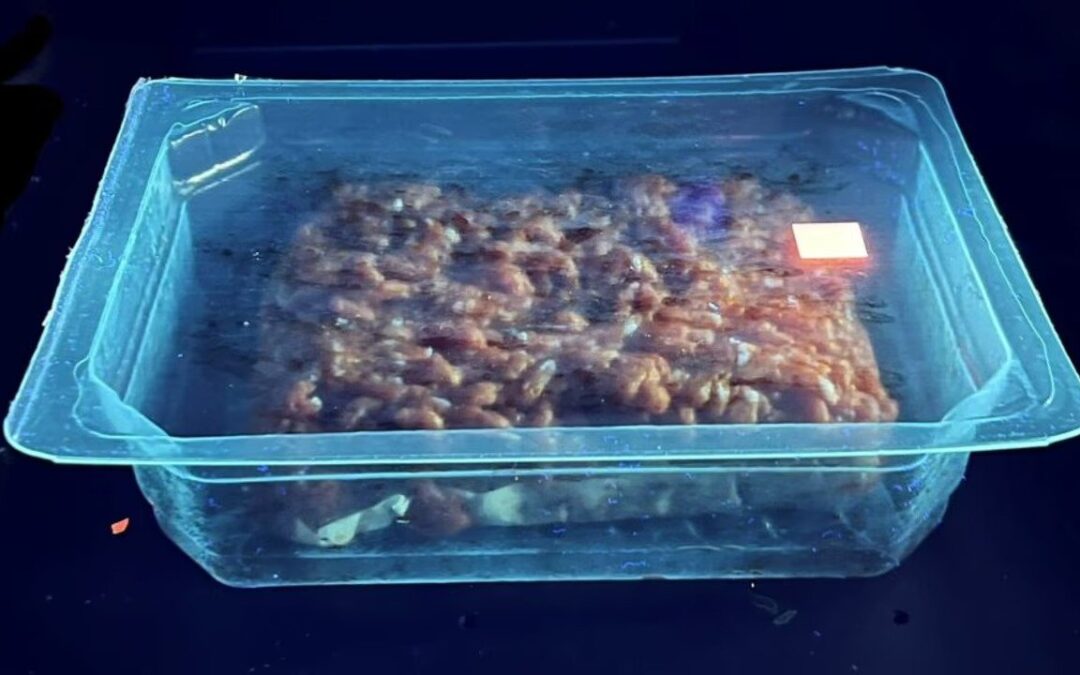Global food waste continues to be a huge problem. According to figures from The World Counts, roughly one-third (1.3 billion tons) of food is wasted annually. And it’s not just food leftovers that go to waste in our homes and restaurants; it occurs before the food even gets to our homes.
Senoptica Technologies is a sensor technology and analytics company that uses optical sensors created by their patented food-safe ink to determine the oxygen level inside packaged foods, offering manufacturers and retailers real-time insights into the condition of goods inside, predicting spoilage before it happens.
The company was founded In 2018 by Brendan Rice, Dr Steve Comby, and Dr Rachel Evans (who developed the initial sensor concept) as a spin-out company from Trinity College Dublin.
This week, it announced that the US Food and Drug Administration (FDA) had approved its entry into the North American market.
I spoke to Brendan Rice to learn more.
The company is focused on food that is sold in modified atmosphere packaging, which accounts for half of the world’s fresh packaged food, from bagged salad to sliced cooked meat, cheese, some fruits and bread.
Modified atmosphere packaging (MAP) is a food packaging technology that extends the shelf life of perishable foods by altering the gas composition inside the package.
Regular air contains about 21 per cent oxygen, which can cause spoilage in many foods. MAP reduces the amount of oxygen and replaces it with a mixture of gases, typically nitrogen, carbon dioxide, and sometimes carbon monoxide. This extends the shelf life of püeroshable food and reduces the need for preservatives.
However, if the package leaks or is not sealed correctly in the first instance, the modified atmosphere can be compromised, and the food can spoil more quickly.
How does Senoptica’s tech work?
Each pack has an optical oxygen sensor based on a patented food-safe ink printed inside the film covering the pack.
In food manufacturing, as the pack approaches the end-of-line inspection system, it goes through a leak accelerator. This device helps accelerate seal and packaging defects and slow leakers.
Read the full article click here

